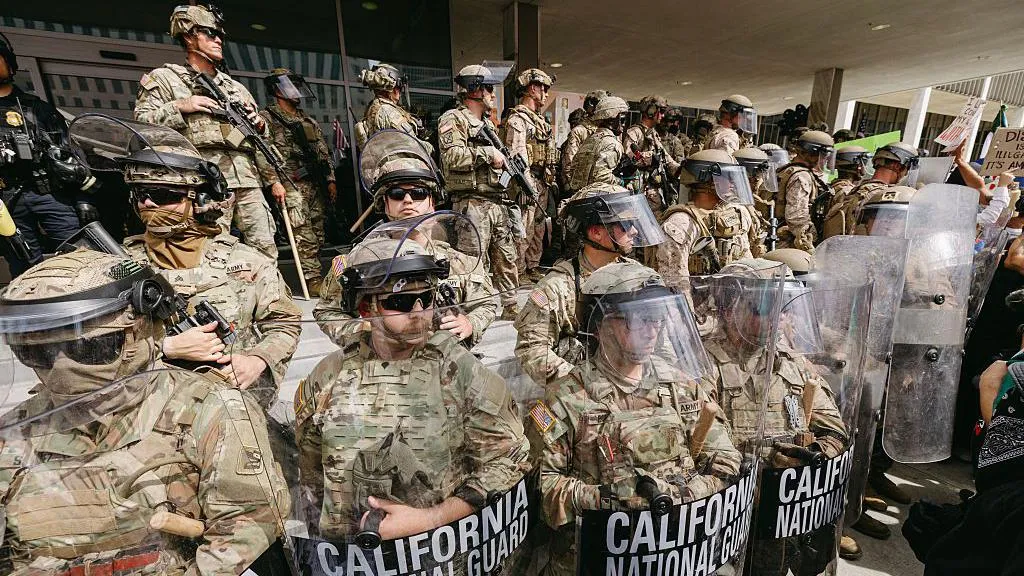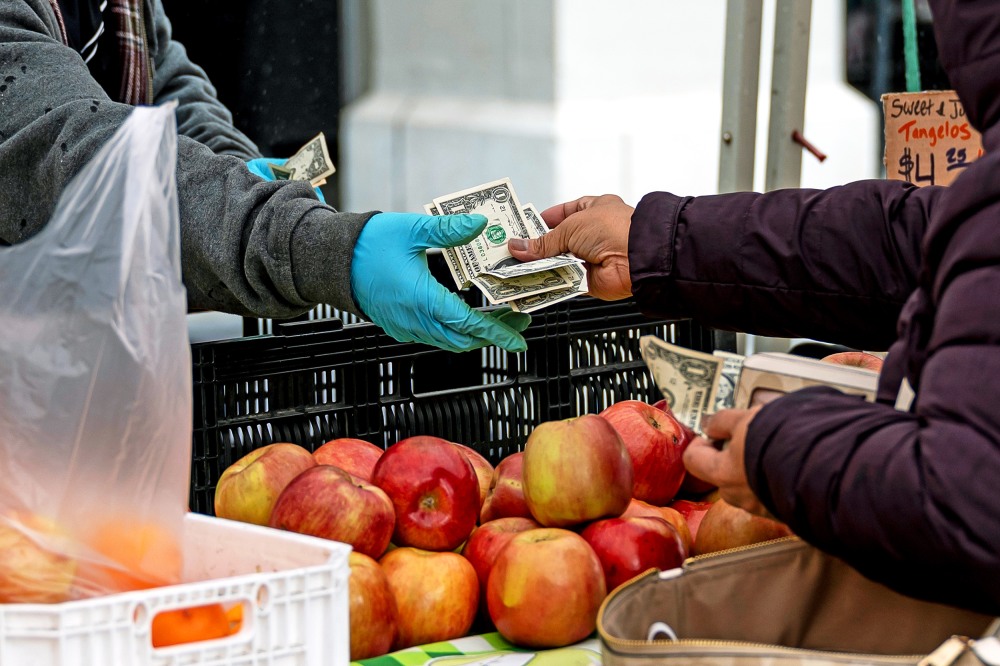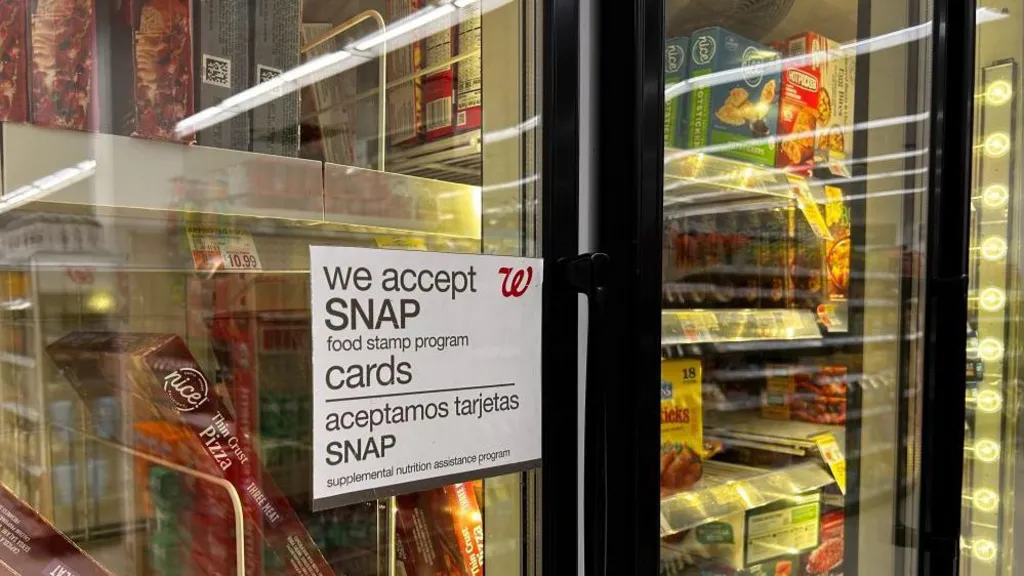
This article is more than
9 year oldWhy 'lone wolf' attacks are almost impossible to prevent
Shortly before opening fire inside a crowded Orlando nightclub, Omar Mateen called 911 and pledged his allegiance to the Islamic State.
While law enforcement officials have yet to confirm ties between the 29-year-old and the terrorist organization FBI agent Ron Hopper told reporters Sunday that Mateen had been on the FBI’s radar since 2013 when coworkers reported him for making “offensive” comments about islamic extremism.
After two interviews, Hopper said, agents could not prove that Mateen was connected to any terrorist groups. The FBI questioned him once more in 2014 about ties to a suicide bomber, but again let him go after determining that their “contact was minimal.”
Mateen’s ability to still carry out the deadliest mass shooting in U.S. history despite this record highlights the uniquely impenetrable threat of “lone wolves.”
Yahoo News talked to terrorism experts about what makes lone wolf attacks so difficult to prevent.
Simply put, the answer is that lone wolves are so hard to detect because they’re, well, acting alone.
“There are no co-conspirators by definition,” said Michael German, a former FBI agent specializing in domestic terrorism, now a fellow with the Brennan center for Justice’s Liberty and National Security Program. “It is less likely that information about the plot will leak to others, so it could be reported to law enforcement.”
Scott Decker, a professor of criminology and criminal justice at Arizona State University, elaborated.
“Law enforcement is organized to work through multiple sources of information to identify suspects and understand the c-haracteristics and motivations of crimes, especially violent crimes,” said Decker, who focused his research on the similarities between gangs and terrorist organizations.
“The more contacts an individual has, the more sources of information law enforcement has at its disposal,” he said. In the same vein, “The more people involved in an attack, the more likely it is that there will be ‘traces’ of evidence regarding the attack or information that could lead to individuals involved in an attack.”
Jeffrey Simon, a visiting lecturer in UCLA’s Political Science department and author of the book “Lone Wolf Terrorism: Understanding the the Growing Threat”, noted that in recent years, lone wolves have shown that while they prefer to work alone, they still like to talk—mostly online.
“So many lone wolves, prior to an attack, have published very extremist types of blogs, sometimes indicating that they’re thinking about doing violence,” Simon said. “But often times these postings are right before they perpetrate the attack and it’s too late for the authorities to intercept.”
Even when law enforcement is able to detect such signs of potential violence before an attack, Simon points out that free speech complicates the issue.
“We don’t know yet how to separate those individuals who may be espousing extremist views or hate type of views f-rom those who are actually going to follow through with an attack,” he said.
Filtering through online comments for legitimate threats is just one way which, Decker and Simon argue, the internet has made lone wolves easier to cultivate and harder to identify.
“The internet has played a central role in the spread of terrorism, particularly individuals in the U.S. who have become radicalized or adopted extremist views,” said Decker, pointing to the use of discussion boards, social media and email by radical Islamic groups as well as right-wing extremist organizations.
“The lack of direct contact makes both the prevention and solving of such incidents more difficult,” he said.
Decker also noted that, “While much electronic communication (online and via telephone) can be tracked, the controversy between Apple and the FBI regarding the San Bernardino shootings illustrates that identifying such information is not always straightforward.”
Simon agreed that “the internet is really the game-changer in today’s terrorism, especially for the lone wolves,” and said “ISIS has proven incredibly savvy in using social media and the internet to spread their ideology, to call for violent attacks.”
But German argues that the sort of “leaderless resistance” strategy employed by ISIS and other groups is neither new nor impressive.
“It was pioneered by white supremacists in the 1990s, and followed by all sorts of other groups since,” German said. “The strategy is a sign of weakness, not of strength.”
At the same time, German warned, “We should also be careful not to give troubled, angry people the idea they can become newsworthy by claiming allegiance to ISIS or any other terrorist group before they act violently.”
In lieu of being able to stop individuals f-rom carrying out violent attacks, some countries, such as Scotland and Australia, have enacted bans on automatic weapons in the wake of their own mass shootings.
Decker pointed out that the U.S., in fact, also enacted an assault weapons ban in 1994, but that 10 years later Congress allowed the ban to expire.
Today, Decker said, “it may be possible to implement some restrictions on weapons with high capacity magazines, but it likely would take a great deal of political will.”
Though people are often mobilized in the aftermath of tragedies like the shooting in Orlando, he said, “that appears to be short-lived.”
“There are more than 300 million guns in the United States,” Decker said. “Reducing the scarcity of high capacity assault rifles would be a difficult task and likely take a considerable amount of time.”
Even then, Simon argued, the problem would hardly be solved.
“Preventing access to automatic weapons might help prevent the casualties toll f-rom rising in some of these attacks, but we’ve got to realize that a determined terrorist, whether it be a lone wolf or an organized group, will find weapons to commit their violence,” Simon said. “If they can’t get guns, they may use bombs. We saw in the Boston Marathon bombing that there was a homemade pressure cooker bomb that was used.”
Had Mateen not been able to get his hands on a gun, Simon suggested, “he might just as easily put a homemade pressure cooker bomb into a backpack and walked into the club and exploded it.”
So what can be done?
Surveillance and security are the two best steps forward, Decker said. Though, he acknowledged, “expanding those will pose debates about the extent of personal liberties.” Simon added that we’re going to see an increase in security at many public venues in the next few weeks, but as the months go when we let “our guard down” it will open us up to future attacks.
“We need to treat all violent crime more seriously,” he said. “Half the violent crime goes unsolved each year, including more than a third of the homicides. …If we reduced the unsolved violent crime, all American communities will be safer f-rom violence.”




